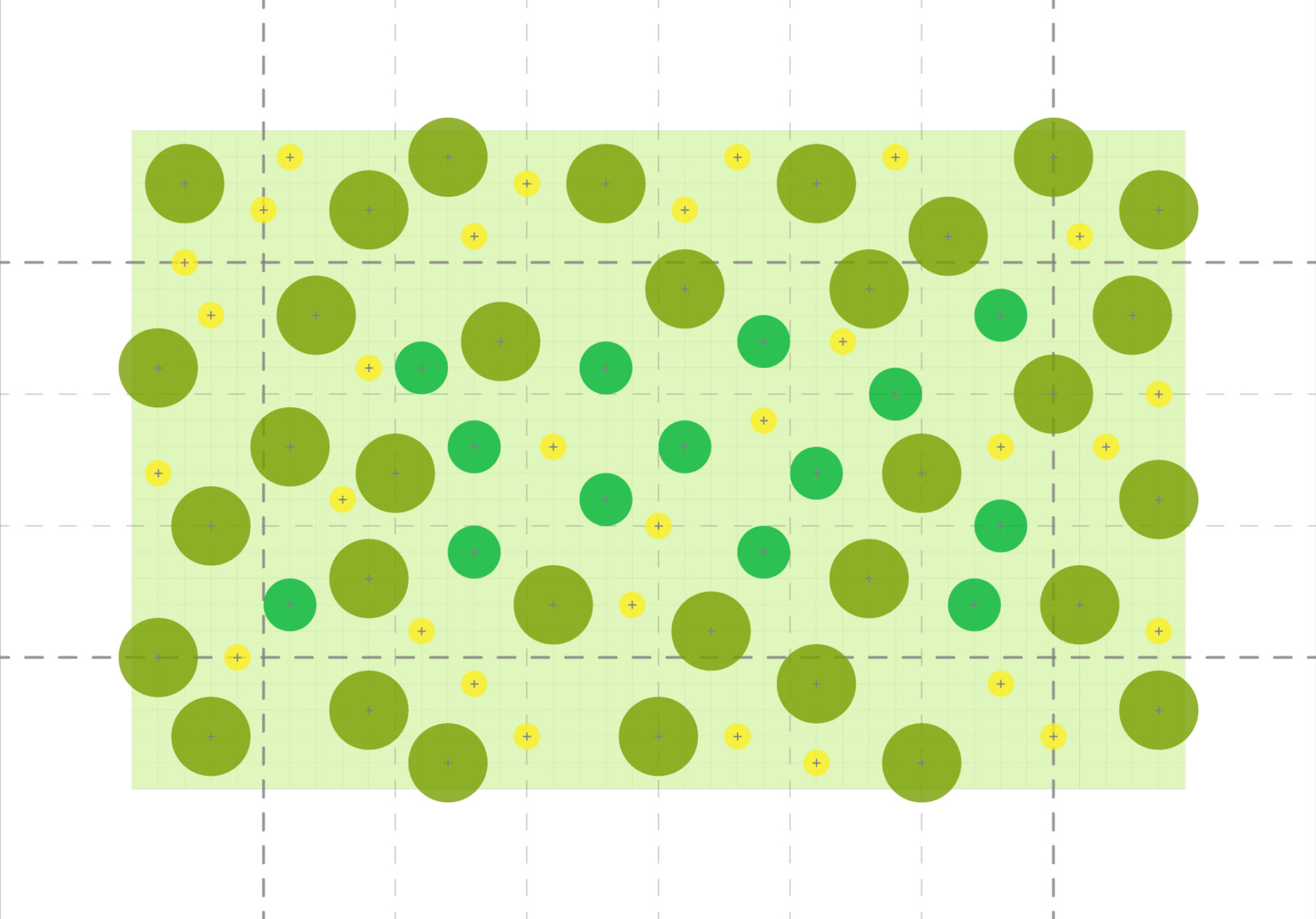After experiencing tremendous urban sprawl and regeneration in the last few decades, the city of Chongqing has lost much of its original character.
Healing the Land: Forest Restoration in Chongqing Guangyang Island Park
Historically, agriculture was the biggest economic driver for the region. Development, however, has unfortunately changed the area to the point that much of the younger generation is unfamiliar with the rich history embedded in the soil of this landscape. Sasaki was contracted to design a 54-hectare park that celebrates the rich landscape and sets a high bar for ecologically sound design.
The project site is on Guangyang Island, the second largest island in the Yangtze River, is a half-hour drive from the city’s core. While the island’s distance from the mainland protects this oasis from the immediate urban sprawl, the adjacency to the major city makes it vulnerable to future environmental exploitation. Longtou Mountain, the island’s highest point, was mined down for gravel and much of the top soil was stripped away to build a botanical garden on the mainland. These unsustainable uses of the island’s resources over the past decades have degraded the ecosystem and caused erosion, landslides, and barren soil issues.
In response to these issues, we wanted this park to be the catalyst in bringing the island’s environment back to health. Several site remediation strategies will help restore the island’s rich habitats. By introducing a succession process with limited human interventions, we will harness the power of nature to help restore the local forest community in an effective and sustainable way. The ecosystem established through this process will be healthier and more diverse than the usual urban park planting communities, and comes with a smaller price tag. Additionally, the growing forest will be a good counterpart for the region’s current young generation, providing recreational space for friends, and deepening their connection to the living forest and the region’s past.
The composition of the forest community is similar to forests found at similar elevations in the adjacent mountains, and takes into consideration the site’s existing conditions and their future programs for the park. We worked with the client to conduct soil depth and composition survey, which provided valuable information with which to inform our work. Over time, the dominant and associated species in the middle of each planting area will grow up and form the forest. It will take roughly 30 years for the park’s forest to reach full maturity. At this point, the pioneer species planted at the beginning will begin their decline, and these dead trunks will become perfect shelters for wildlife, especially birds.
Forest Restoration Process:
To provide a fuller park experience in the park’s first years, fast-growing pioneer trees will be planted along the main paths and popular program spaces. These will help frame and shade the spaces, and will screen the small slow-growing trees in the middle of the planting areas. The cliff area north of the park has already begun its natural succession, and will be left intact. New vegetation will be planted at a few bare spots on the slope through seed spraying.
There are very few precedents of forest restoration and brownfield remediation methods in Eastern Asia that demonstrate feasibility. Sasaki’s successful experiences in the U.S. are only partially relevant due to variables associated with geographical differences. With this in mind, our approach with Guangyang Island was to leverage the experience of local professionals from academia, research institutes, and Local Design Institutes (LDIs) to discuss the feasibilities of our forest restoration strategies and methods. The main drivers of our strategy are:
1. The landscape’s growth over the park’s first decade
This was our client’s biggest concern. People in China are used to seeing mature plants on the first day a park opens—something not possible with ecologically sound forest restoration. The sizes of trees planted for the forest succession are much smaller than what we commonly see in nurseries and they will not form a dense forest cover for several years. We elaborated the succession approach from its theory, methods, and potential value to our client and LDI to get their support. At the same time, we developed a plan to plant relatively large pioneer species along the main recreation areas and paths in order to create rather dense planting and meet developer and visitors’ expectation in early phase of the project, while screening and preventing human interventions to the successions happening inside the larger forest area.
2. The availability of native plant species
The species originally growing in the local forest are not always cultivated in nurseries. We spent a lot of time researching availability of native plant species, selecting the ones with demonstrated performances in the region and well adaptive to the specific site conditions. Plants’ ecological functions were also carefully studied during the selection process. We need the pioneer species, dominate species, and associated species to each play different roles in each phase of the restoration process.
Professors from local universities were consulted about plant species. The LDI and client helped in checking the availabilities of plants. Information on plant availability is often hard to find, so we spent a tremendous amount of time talking with local nurseries. At the end, we had to replace a few species originally selected with similar ones available in nurseries.
3. The construction of naturally growing forest
Given Chongqing’s mountain landscape and complicated topographic conditions, the desire is to restore the natural forest in the park. The challenge resides on how to document the design idea clearly in order to guide the contractor. There is no need to lay out every single tree on the drawing, as it is as hard to follow by the contractor in naturalist planting. After some discussion with the client and within the team, we decided to define the forest restoration area and major recreational area separately on our drawings. The recreation area is documented as a typical planting plan does, with every tree laid out. For the forest restoration area, we came up with a few modules to help quantify the plant materials, with criteria including the site location, type of plants, and plant size.
Although our construction documents provided as much guidance as possible on planting practices, we anticipate a lot of on-site direction and coordination during the construction to ensure proper execution of this unprecedented process. Thanks to the client’s understanding and support, we hope this project will become the first successful large forest restoration project in China.
Click here to read more about the project.













